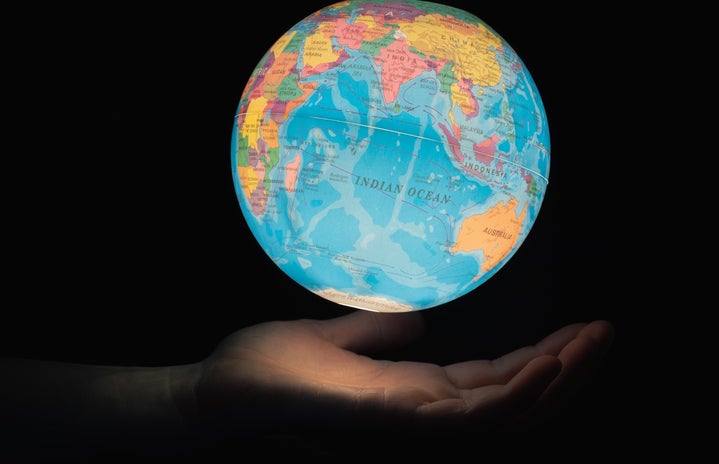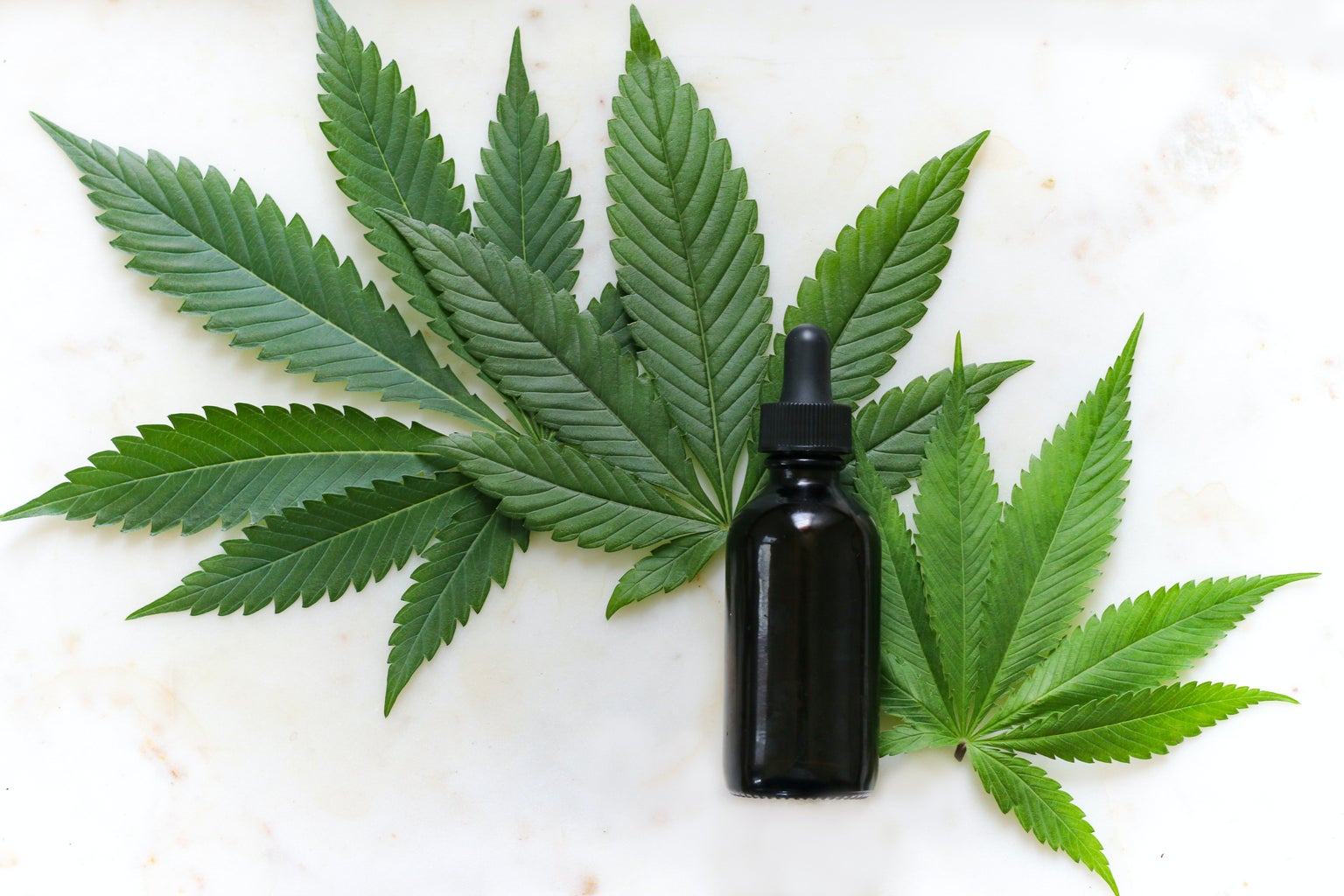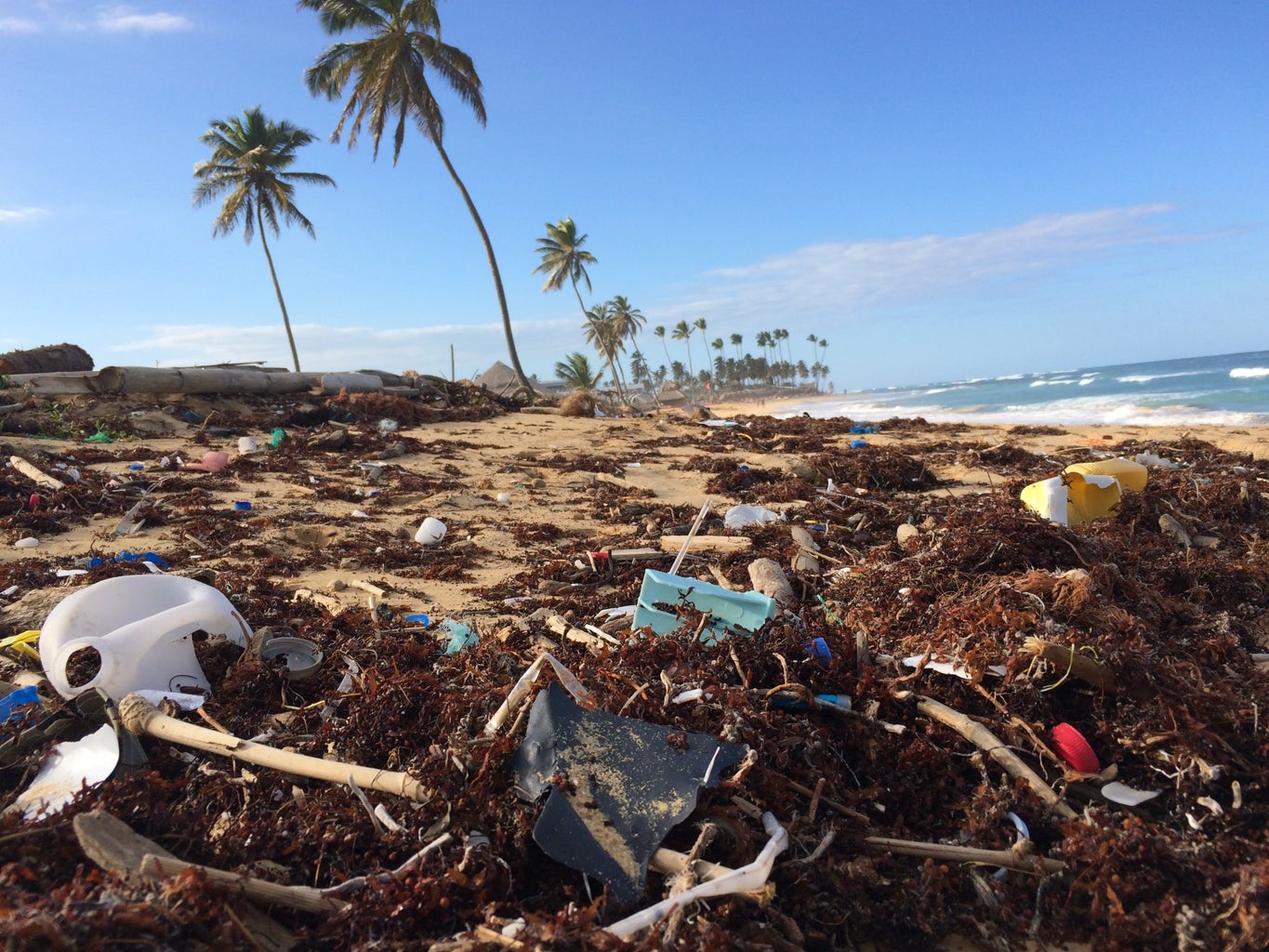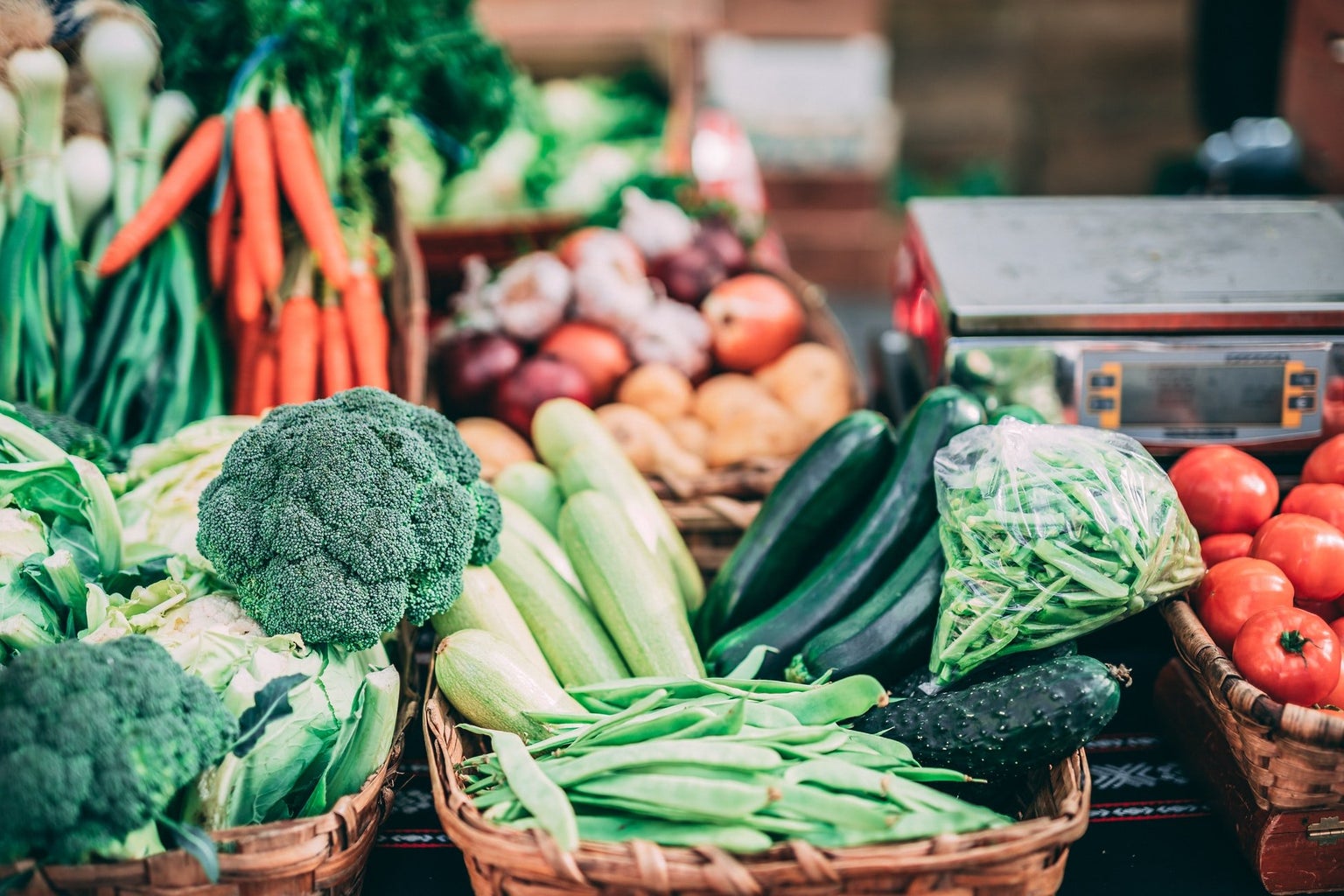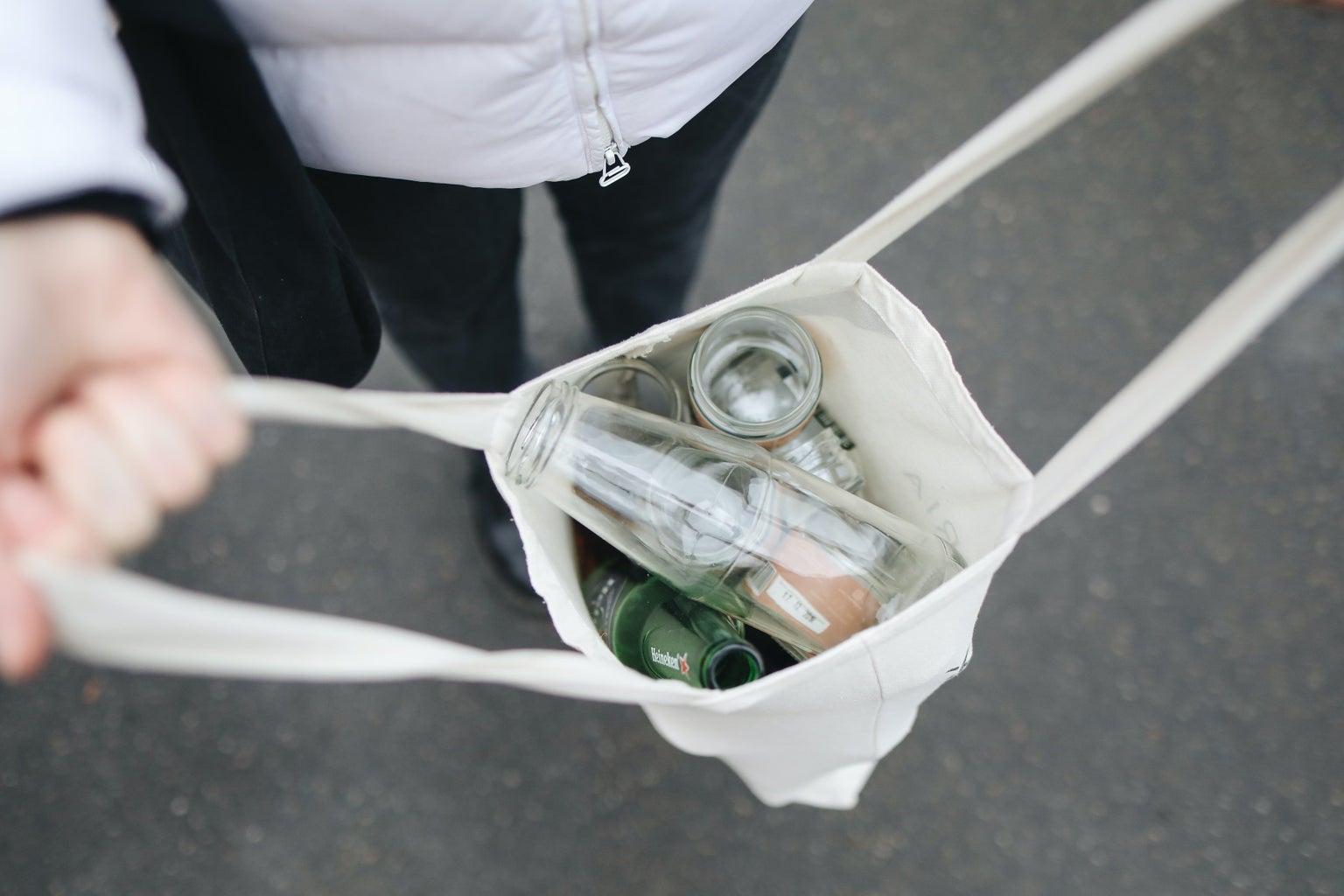April 22 is officially World Earth Day.
Recently, the lead author of the United Nations’ Intergovernmental Panel on Climate Change (IPCC) from 2001, Michael Mann, said it is too late to avoid climate change. The IPCC’s sixth assessment from 2021-2022 found climate change is to blame for migrating species (towards the poles or deeper into the ocean) and increased severity and frequency of natural disasters.
While many effects of climate change are irreversible including species extinction, it isn’t too late for us to reduce further impacts.
With that said, many people—including myself—have asked “What can I do to help?”
I have created the following list to express ways in which we can possibly avoid or limit further impacts.
1. Buy Biodegradable and Environmentally-Safe Products
Plastic bags take about 1,000 years to break down, and even after they break down, they do not fully leave Earth; microplastics are left in their place and further consumed by humans and other species. Styrofoam takes approximately 500 years, and these are not the only pollutants produced by humans.
On your future shopping trips, consider buying environmentally-safe products such as hemp. Hemp is extremely beneficial for the environment because it captures carbon dioxide much more effectively than forests, and it produces “carbon-negative biomaterials” which “transform the way we build to achieve zero carbon emissions.” Hemp can effectively replace paper, plastic, aluminum, fiberglass, and much more.
Since the hemp industry is still in its beginning phases, it may be challenging to find hemp products. However, there are other environmentally-friendly products that reduce their carbon footprint in many different ways. Just make sure you do a little bit of research beforehand… it really isn’t that hard. After all, most people walk around with the world’s information in their palm—a cellphone.
2. Partake in Volunteer Events
Even if it is only an hour per week, helping clean up a local park can be beneficial for maintaining the biodiversity in the surrounding ecosystems.
3. Carpool
If you and a coworker or classmate live near one another, consider driving to work or class together. If everyone did this, it would not only help reduce carbon footprints, but it would help reduce traffic.
I get it; we all like our privacy and our space. I’m not saying you have to give a ride to your self-centered coworker. However, if the opportunity arises where you are comfortable, take advantage of it.
4. Buy Locally
Ideally, if you could produce your own food, it would create the least amount of damage. However, that is unrealistic. Many people do not have enough time, space, or knowledge to produce their own crops and cattle.
Buying locally is the next best option. Not only does it reduce your footprint due to less packaging and shipping, but the produce may be less likely to contain harmful chemicals or additives since local farmers do not have the money to pay off extra fines or bribe policy-makers. Here is a list of Minnesota Farmers Markets and Co-Ops.
5. Reuse (or Up-cycle)
“Duh, Cheyenne!” is probably what you are thinking. After all, “reduce, reuse, recycle” were the three Rs ingrained in our brains growing up. But many of us do not know what it realistically means to “reuse.” Some people are calling it “up-cycling.”
For starters, here are some ideas: recharge your battery instead of buying a new one (if possible), make a pillow or blanket out of old clothes, turn an old shower curtain into reusable bags, make a wall decoration (such as a wood burned sign) out of a broken bookcase, and make jewelry out of used silverware.
While I cannot fix the world alone, nor can you, if we come together as a whole, we just might be able to earn our place here on this Earth.
For more ideas on how to help the Earth, check out Maiah Motley’s article “Saving Our Planet With Sustainable Living.”
Happy World Earth Day!
